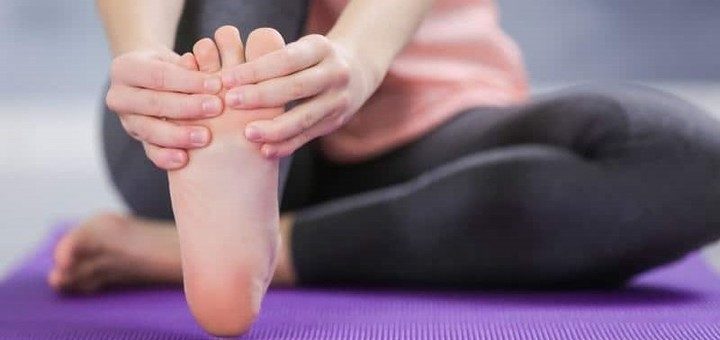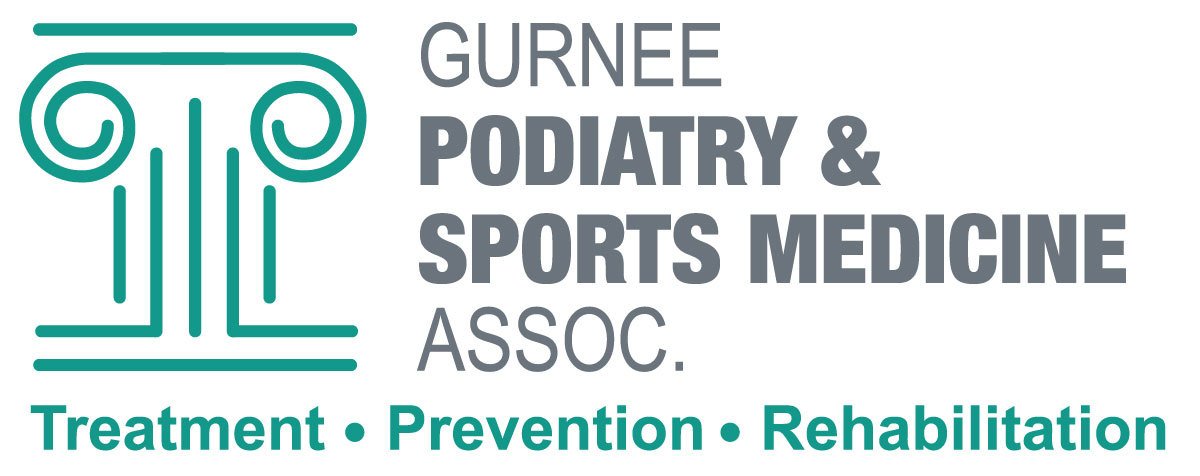Feet Hurt? It Could be Metatarsalgia: Everything You Need To Know
If your feet hurt, you could be suffering from a condition called metatarsalgia. This is a common condition that affects people of all ages and lifestyles. Consider your symptoms and talk to your podiatrist to confirm the diagnosis. Then, you can start getting the relief you need with home remedies and medical help when necessary. Here’s everything you need to know about metatarsalgia.
What Is Metatarsalgia?

Simply put, metatarsalgia is a condition that primarily affects the ball of your foot. This is the area behind your second or “long” toe where your toes connect to your foot. The metatarsal bones are the five bones that run from the arch of your foot to the beginning of your toes. The heads of these bones lie in the ball of the foot and are protected by cushioning. The most common joint that is ffected is the 2nd joint, which can be very painful.
Even with the thick cushioning in the ball of your foot, certain activities, such as walking and running, put a lot of pressure and impact on these bones. Metatarsalgia is a painful inflammation in this part of your foot. This pain is typically constant, especially while on your feet, and can affect your ability to keep up with everyday life.
Thankfully, with the right treatment, you can remedy metatarsalgia, and you can go back to pain-free walking, running, and other daily activities. Contact a podiatrist to discuss your symptoms and get the help you need.
Symptoms of Metatarsalgia
It’s common for your feet to feel sore or tired after a lot of walking or a long run. So, how can you tell the difference between feet that are simply tired and feet with an inflammation issue, such as metatarsalgia?
Here are some symptoms of metatarsalgia to keep an eye out for:
- Sharp pain, burning, or aching in the ball of your foot.
- Increasing pain with pressure, walking, or running.
- Decreasing pain with rest.
- Numbness or tingling in your toes.
- Shooting pain starting in the ball of your foot and radiating into your toes.
- Feeling like you have a pebble in your shoe under the ball of your foot.
Commons Causes of Metatarsalgia
The most common cause of metatarsalgia if you don’t have any underlying conditions is any high-impact activity. Runners, basketball and tennis players, and other athletes often suffer from pain and inflammation in the balls of their feet. Running and jumping put a lot of pressure on the ball of the foot, and the continued impact can make it difficult for the muscles and bones to recover.
People who spend a lot of time standing and walking throughout the day, especially in high heels or tight-fitting shoes, also commonly suffer from metatarsalgia. High-heeled shoes result in poor weight distribution, putting most of your weight on the balls of your feet. Over time, this uneven weight distribution will likely cause pain and inflammation. Overweight individuals can also struggle with foot pain due to the continual stress and weight on their feet.
Finally, any type of trauma to the foot, such as a stress fracture, pulled muscle, or tear, can cause metatarsalgia. If you suspect you have a traumatic foot injury, you’ll want to see one of the doctors at Gurnee Podiatry & Sports Medicine Assoc. as soon as possible to help prevent further injury or complications. This condition is common and it can progress to further damage if not treated quickly and thoroughly.
Other Contributing Factors of Metatarsalgia
Some people are more susceptible to metatarsalgia simply because of how their toes are shaped. Hammer and mallet toes are foot deformities that refer to the second, third, or fourth toe being bent to resemble a hammer or mallet. These deformities are due to an issue with the ligaments or tendons that typically hold the toes in place. If those ligaments or tendons become overly tight, they can cause the toes to bend in the middle joint without relaxing. If hammer or mallet toe becomes more rigid and doesn’t bend and straighten properly, and goes untreated, it can lead to pain and inflammation in the ball of the foot.
Arthritis in its many forms (namely osteoarthritis, gout, and rheumatoid arthritis) is another common contributing factor to metatarsalgia. As arthritis causes inflammation, pain, and stiffness in joints, it can easily lead to inflammation in the foot. If you’re not currently being treated for arthritis and you’re experiencing metatarsalgia and stiffness or pain in other joints, you should contact your doctor or a rheumatologist.
Home Remedies for Metatarsalgia
Most of the time, metatarsalgia can be treated with some basic home care. If you’re an athlete, you’ll need to take some time off from your training or sport. Icing the area can help reduce pain and inflammation, but you should only ice for periods of 20 minutes at a time to avoid any risk of tissue damage. If your foot pain is related to wearing tight or high-heeled shoes, you should switch to more supportive shoes without any heel height, at least until the symptoms go away.
Metatarsal pads are a great option for treating continual issues with foot pain. These pads are easily inserted into most types of shoes to provide additional support for the head of the metatarsal bones in your foot. Typically, once the pain from metatarsalgia subsides, you can return to exercise and daily life as usual.
Medical Intervention for Metatarsalgia
In rare cases, the simpler remedies for metatarsalgia aren’t enough to relieve pain or fix the underlying issue. If the cause of the pain is a result of a stress or full fracture or due to a deformity like hammer toe, it should be evaluated by the Podiatrist, and your doctor might take an X-ray of your foot during your initial visit to rule out any major underlying issues that would require medical intervention to correct.
When To See a Doctor for Metatarsalgia
If you’re experiencing symptoms of metatarsalgia, start by trying to rest your foot and switch to more comfortable shoes for a day or two. If your pain continues after resting, icing, and switching shoes, you should reach out to a podiatrist. While metatarsalgia can sometimes fix itself, you shouldn’t ignore a sharp pain in the ball of your foot for too long. Sometimes, these symptoms can be a sign of a tear in the capsule or plantar plate, a structure under the joint that gives the area stability, a stress fracture, or a pinched nerve called a neuroma or a small cyst pressing on the tissues, so all of these possibilities should be ruled out by the doctors at Gurnee Podiatry & Sports Medicine.
If you’re struggling with foot pain that’s affecting your lifestyle, contact Dr. Schoene or Dr. Bever today. We’d love to help you get the treatment you need and get back to doing what you love without pain. Call our office to set up an appointment or visit our website today.
